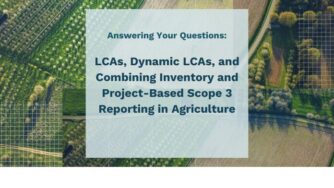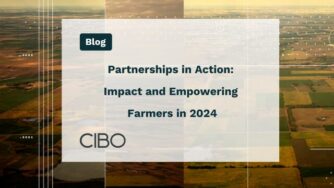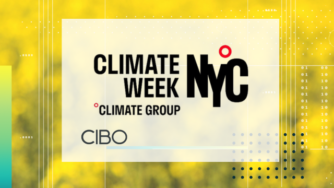As with most asset valuing systems, ensuring trust is vital to most greenhouse gas programs, especially those involving carbon credits. Modern programs include extensive checks and validation requirements to reduce the risk of confidence-sapping events caused by methodological errors and bad actors that have been seen as programs have matured over the last 30 years.
But who ensures that the rules are followed? How do we know that all of those checks and validation requirements were faithfully followed? The most common features of programs looking to secure the trust of all stakeholders are transparency and third-party audits.
Consider some examples:
- Bodies like ISO create standards but do not certify who is following them. Only independent third-party companies that are themselves certified to audit a specific standard can certify that the standard is being followed.
- ISO doesn’t even certify which companies can audit a standard: that is done by a national accreditation bodies such as ANSI in the United States. Thus the ISO organization itself receives no direct financial rewards when organizations use their standards. (To be clear, organizations and individuals who contribute to a standard are often closely involved with the standard’s subject and might benefit from the standard’s adoption.)
- Carbon registries like The Gold Standard, Verra, American Carbon Registry, Climate Action Reserve and others require that their protocols must be developed in open, transparent processes where industry experts and the public can comment and challenge aspects of the proposed protocol. Responses to these comments are generally required before the protocol is adopted and often result in changes to the protocol.
These registries also require independent third-party verification at several stages of their processes:
- Certification that new protocols adhere to relevant standards and are complete, relevant, consistent, accurate, and transparent.
- Certification that emission reduction project proposals adhere to relevant protocols and will result in valid credits if executed as described. This includes ensuring that leakage and additionality requirements are satisfied.
- Certification that before credits are issued, the emission reductions have actually taken place, including verification of any physical measurements needed.
These registries generally publish a list of accepted independent third-party verifiers and criteria that must be satisfied to add new organizations to the list.
- The Carbon Disclosure Project provides a well-known platform for companies to report their greenhouse gas inventories and progress against public reduction targets. The CDP also provides a yearly list of scores of the companies’ reports, including an “A-List” for companies that are reporting the best results and displaying the most leadership in their industry. To qualify for the best scores and inclusion on the A-List, a company’s disclosed greenhouse gas inventory must be certified by an independent third party.
Learn more by reading The Definitive Guide To Carbon and Climate Commitments.



